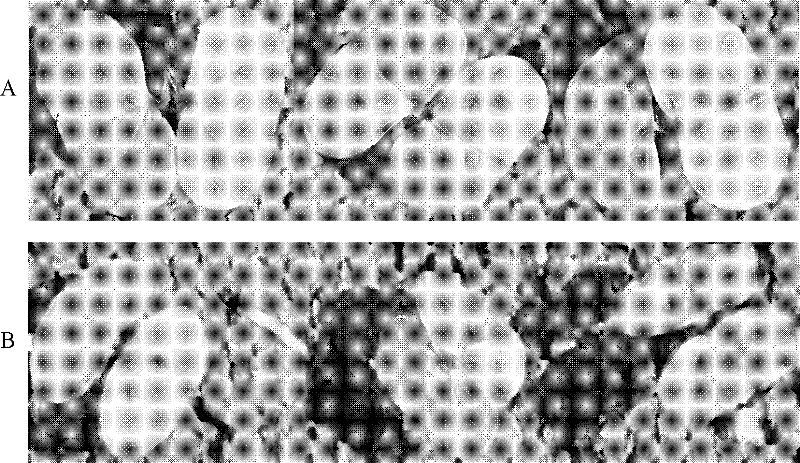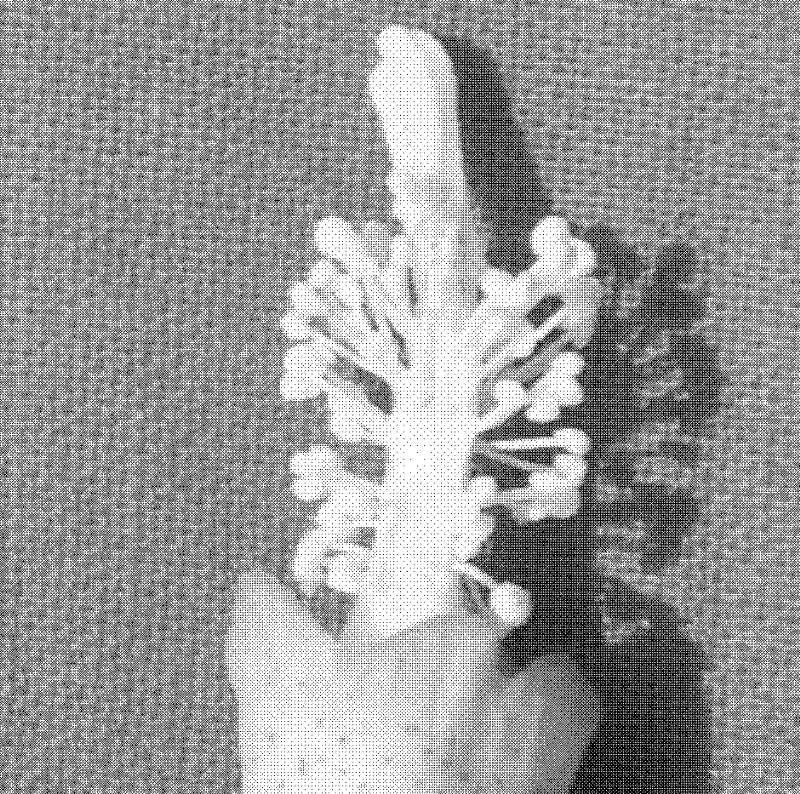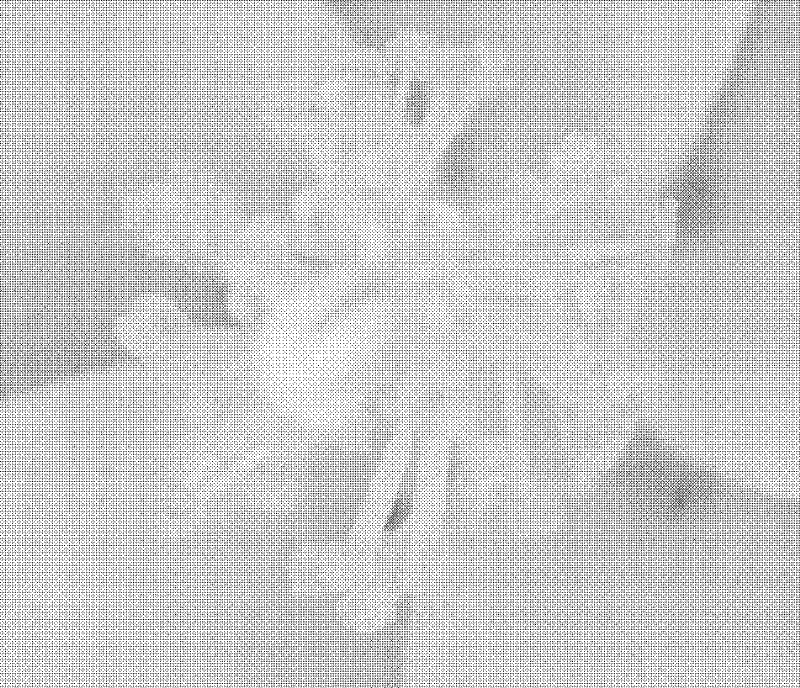Breeding method of yellow bud marker photosensitive male sterile line
A male sterile line and bud yellow technology, which is applied in the fields of botany equipment and methods, application, plant gene improvement, etc., can solve the problems of large-scale application of difficult hybrids, narrow conditions for material propagation, and inconvenient control of conditions, etc. Achieve the effects of low seed production cost, accelerated breeding process, and free combination
- Summary
- Abstract
- Description
- Claims
- Application Information
AI Technical Summary
Problems solved by technology
Method used
Image
Examples
Embodiment 1
[0017] Example 1, Acquisition of Bud Yellow Marked Photosensitive Male Sterile Cotton
[0018] A total of 10 materials of spring cotton (Zhong 50191, Zhong 04002, Zhong 040029, Zhong A3023, Zhong A3025) and summer cotton (Zhong 501, Zhong 502181, Zhong YS-4, Zhong 030415, Zhong 030041) seeds were collected in September 2006. On September 9th, the Shijian No. 8 breeding satellite was carried into space, and it operated for a total of 355 hours in a low-earth orbit with a perigee of 187km and an apogee of 463km, with a voyage of more than 9 million kilometers. Go back and get the seed.
[0019] 1. In October 2006, the seeds after aerial breeding and the wild-type control were planted in Sanya, Hainan, and through seedling screening, a plant with a bud yellow marker was found in the space mutation material of Zhong040029 (see figure 1 ) mutant (T0 generation). The cotyledon stage of the mutant showed bud yellow traits, and the chlorophyll content measured by the APAD-502Plus ch...
Embodiment 2
[0028]Embodiment 2, the breeding (selfing) of Yahuang marker photosensitive male sterile line
[0029] 1. Cultivated in Anyang, Henan
[0030] Henan is located between 110°21′~116°39′ east longitude and 31°23′~36°22′ north latitude. Anyang is located between 113°37' to 114°58' east longitude and 35°12' to 36°22' north latitude.
[0031] Planted 85 grains of the photosensitive male sterile line (seeds) labeled with Yahuang in Anyang, Henan Province in April 2010, and germinated 85 seedlings, all of which had the trait of Bud Huang, and continued to cultivate the seedlings until all plants had no pollen grains until the end of August produce (see figure 2 ), showing infertility. From the perspective of cotton growth cycle, for cotton planted in April, the temperature change and light cycle in the environment are related to pollen development since July, so the temperature and light cycle in July and August were recorded. From July 1st to August 31st, the sunshine time in An...
PUM
 Login to View More
Login to View More Abstract
Description
Claims
Application Information
 Login to View More
Login to View More - R&D
- Intellectual Property
- Life Sciences
- Materials
- Tech Scout
- Unparalleled Data Quality
- Higher Quality Content
- 60% Fewer Hallucinations
Browse by: Latest US Patents, China's latest patents, Technical Efficacy Thesaurus, Application Domain, Technology Topic, Popular Technical Reports.
© 2025 PatSnap. All rights reserved.Legal|Privacy policy|Modern Slavery Act Transparency Statement|Sitemap|About US| Contact US: help@patsnap.com



